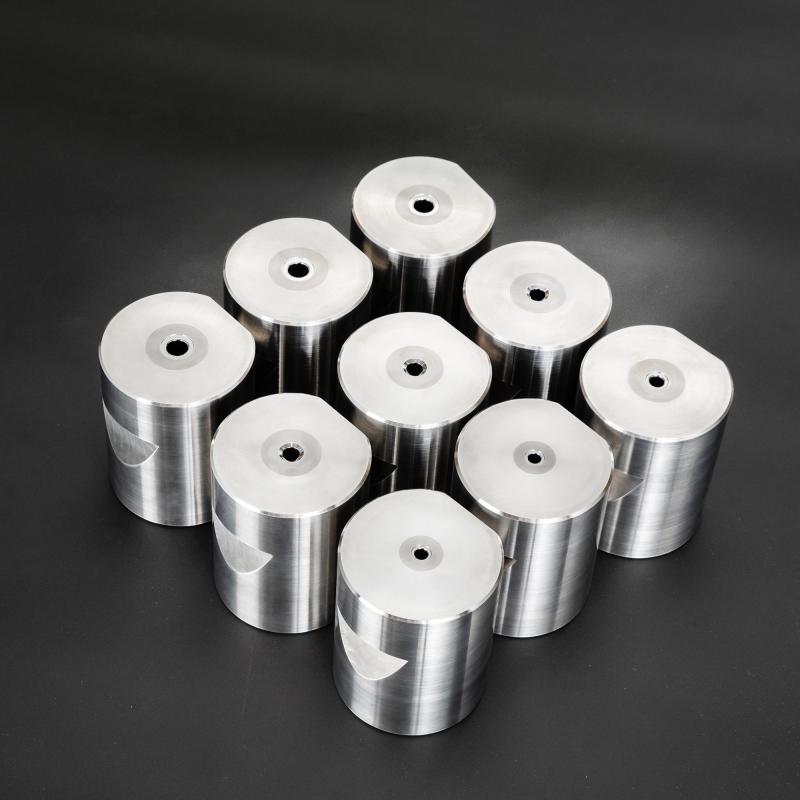Extending the Service Life of Core Molds
Main Dies are the core components of a mold system, bearing the brunt of high pressure, high temperature, and repetitive operations. Even when made from high-performance tool steel, these dies inevitably undergo wear and damage over time. Without proper maintenance and timely repair, this can lead to poor product quality, increased downtime, and even total mold failure.
In this article, we’ll explore the typical forms of wear in Main Dies and outline effective repair techniques to extend their working life and minimize long-term costs.

1. Common Types of Damage in Main Dies
a. Wear
Occurs primarily in high-friction areas such as cavity surfaces, parting lines, and guide systems.
Causes include inadequate hardness, poor lubrication, or aggressive processing materials.
Signs: dimensional inconsistencies, surface scratches, increased burrs on final products.
b. Cracks
Common in hot-working dies (e.g., die casting) subjected to thermal fatigue and mechanical shock.
Causes include internal stress from improper heat treatment, stress concentration points, or extreme thermal cycling.
Cracks may begin microscopically and grow rapidly, potentially causing catastrophic failure.
c. Deformation or Dimensional Deviation
Over time, heat and mechanical stress can warp the die structure.
Misalignment due to impact or repeated loading can also shift cavities or parting surfaces.
Result: poor product accuracy, fitment issues, or rejection in downstream assembly.
2. Repair Methods for Main Dies
Timely and precise repairs can restore function, extend tool life, and reduce replacement costs. Common methods include:
a. Welding Repair
Used to restore small cracks, broken edges, or chipped areas.
Methods: TIG welding, laser welding, etc.
Post-weld heat treatment and precision grinding are essential to restore hardness and dimensions.
b. EDM (Electrical Discharge Machining) Repair
Ideal for micro-cracks, small features, or hard-to-reach zones.
Restores lost geometry through controlled material removal or build-up.
High accuracy, minimal thermal impact, excellent for complex molds.
c. Grinding & Polishing
Suitable for minor wear or loss of surface finish.
Manual or machine polishing helps recover cavity precision and product appearance.
Must avoid over-polishing, which can affect dimensional tolerances.
d. Component Replacement or Adjustment
Replace worn inserts, bushings, or alignment pins.
Adjust shims or stopper blocks to recalibrate parting surfaces or guide alignment.
Helps restore tight tolerances and reduce clearance-based wear.
3. Tips for Prolonging Main Die Lifespan
Conduct regular visual inspections after production runs
Follow a scheduled maintenance plan including lubrication, cleaning, and surface protection
Distribute production load evenly across multiple molds if possible
Apply surface treatments like nitriding, chrome plating, or PVD coatings to improve wear resistance
Keep detailed usage and repair logs to track wear patterns and schedule preventive repairs
Repair Before Replace
Wear in main dies is inevitable, but with proactive maintenance and the right repair methods, their life can be significantly extended. A well-maintained die not only ensures product quality but also delivers better ROI by reducing tool replacement costs and minimizing downtime.
Choosing an experienced partner for die manufacturing and refurbishment is essential to maintaining long-term production stability.











